 In January 1944, the headquarters of the U.S. army in Europe, stationed at the moment in the UK, was sent for consideration to Washington’s urgent request to manufacture 250 heavy tanks for the upcoming campaign in France. The staff officers believed that the need for tanks with a high level of security will be to overcome the fortifications of the “Siegfried Line”. In Washington, agreed that the heavy assault tank will be needed during the impending hostilities in Europe. Because it was quite obvious that the new heavy tank Т26Е2 (future “Pershing”) will not be ready for many months, the command of armored forces was the recommended project, which was based on the medium tank М4АЗ. Alternatively, however, the gunners have offered to accommodate for this role, heavy tank M6, but tankers are opposed because of the numerous shortcomings of the latter identified during testing. These disputes were resolved in early March 1944 in favor of the assault tank (Assault Tank), the designation М4АЗЕ2.
In January 1944, the headquarters of the U.S. army in Europe, stationed at the moment in the UK, was sent for consideration to Washington’s urgent request to manufacture 250 heavy tanks for the upcoming campaign in France. The staff officers believed that the need for tanks with a high level of security will be to overcome the fortifications of the “Siegfried Line”. In Washington, agreed that the heavy assault tank will be needed during the impending hostilities in Europe. Because it was quite obvious that the new heavy tank Т26Е2 (future “Pershing”) will not be ready for many months, the command of armored forces was the recommended project, which was based on the medium tank М4АЗ. Alternatively, however, the gunners have offered to accommodate for this role, heavy tank M6, but tankers are opposed because of the numerous shortcomings of the latter identified during testing. These disputes were resolved in early March 1944 in favor of the assault tank (Assault Tank), the designation М4АЗЕ2.
Read more

 “Mal Zolotnik Yes roads” — says a Russian proverb, and this fully can be attributed to the representative of small-artillery — mortar. And roads it is the fact that for over a hundred years a faith and truth serves our artillery. Russian craftsmen have always been famous for their ingenuity, especially in difficult times when we must resist and win. So it was during the Russo-Japanese war 1904 — 1905 years, where it took a simple and effective defensive artillery. Brilliant idea, captain L. N. Kobato realized in the invention “apparatus for artillery fire at close range”. “Apparatus for throwing mines”, including the marine, were designed at that time hastily from scrap materials. They had a small firing range, but strong explosive action. For a century the brainchild of L. N. Kobato has undergone several evolutionary stages and has shown itself in interaction with artillery a formidable weapon, proven in two world and many local wars.
“Mal Zolotnik Yes roads” — says a Russian proverb, and this fully can be attributed to the representative of small-artillery — mortar. And roads it is the fact that for over a hundred years a faith and truth serves our artillery. Russian craftsmen have always been famous for their ingenuity, especially in difficult times when we must resist and win. So it was during the Russo-Japanese war 1904 — 1905 years, where it took a simple and effective defensive artillery. Brilliant idea, captain L. N. Kobato realized in the invention “apparatus for artillery fire at close range”. “Apparatus for throwing mines”, including the marine, were designed at that time hastily from scrap materials. They had a small firing range, but strong explosive action. For a century the brainchild of L. N. Kobato has undergone several evolutionary stages and has shown itself in interaction with artillery a formidable weapon, proven in two world and many local wars.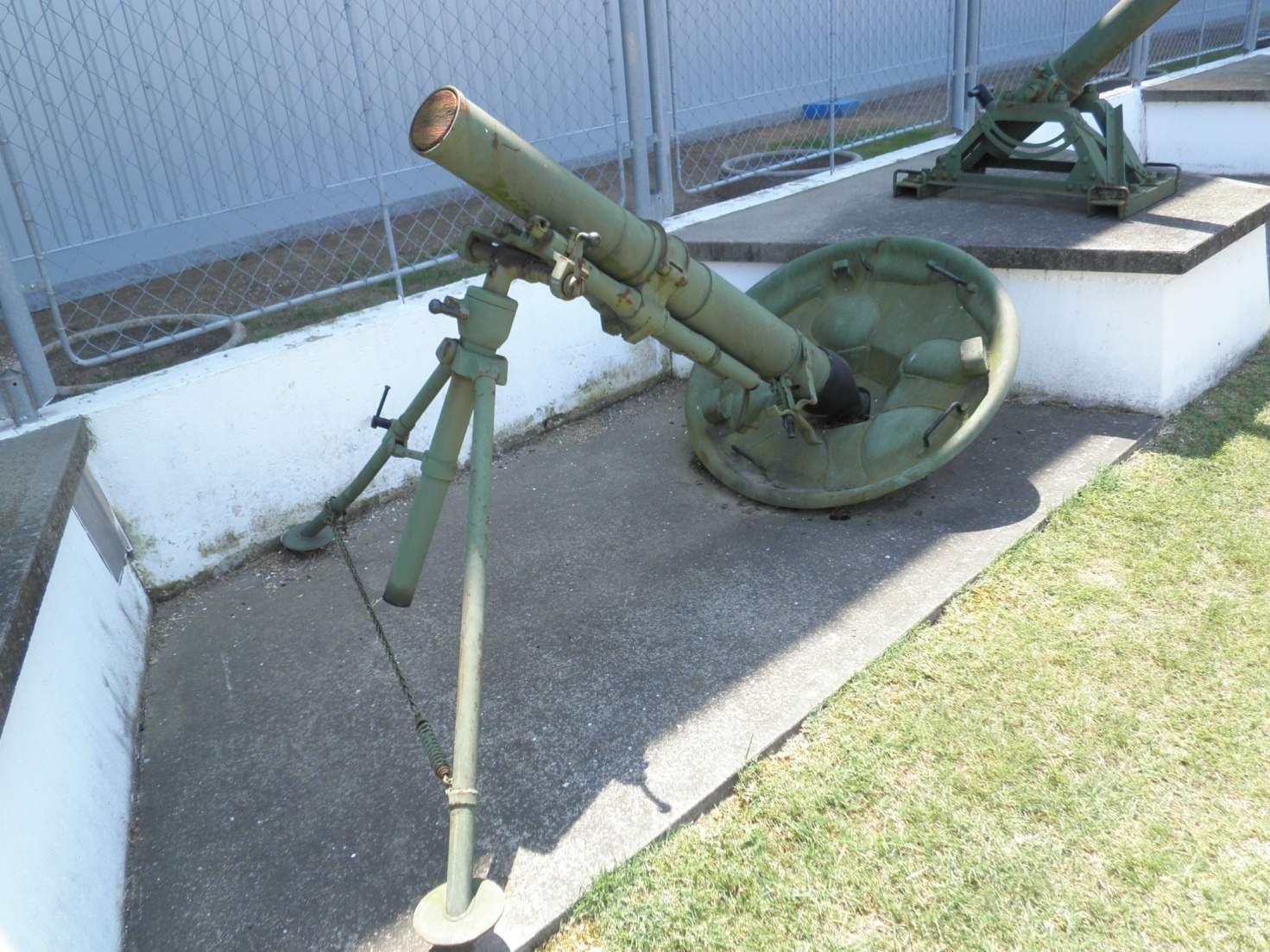
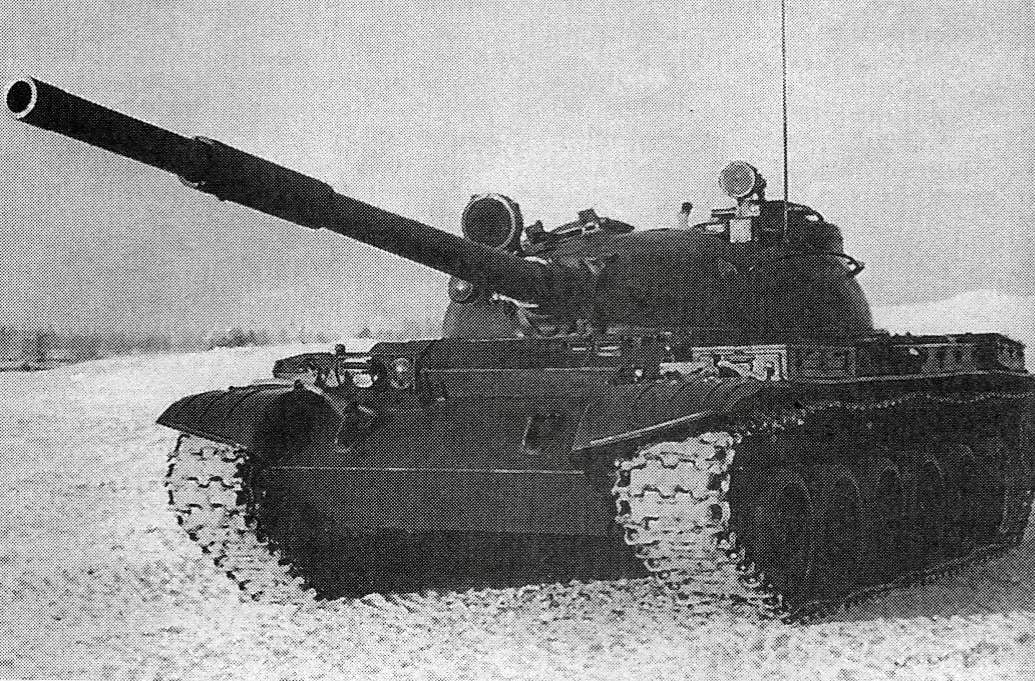
 Worldwide specialists in armored vehicles by the famous Soviet main battle tank T-72 “Ural” and his heir — the Russian main battle tank T-90. But few know that the basic design and technical solutions used in these combat vehicles were tested on prototypes of tanks “Object 166Ж” and “Object 167”.
Worldwide specialists in armored vehicles by the famous Soviet main battle tank T-72 “Ural” and his heir — the Russian main battle tank T-90. But few know that the basic design and technical solutions used in these combat vehicles were tested on prototypes of tanks “Object 166Ж” and “Object 167”.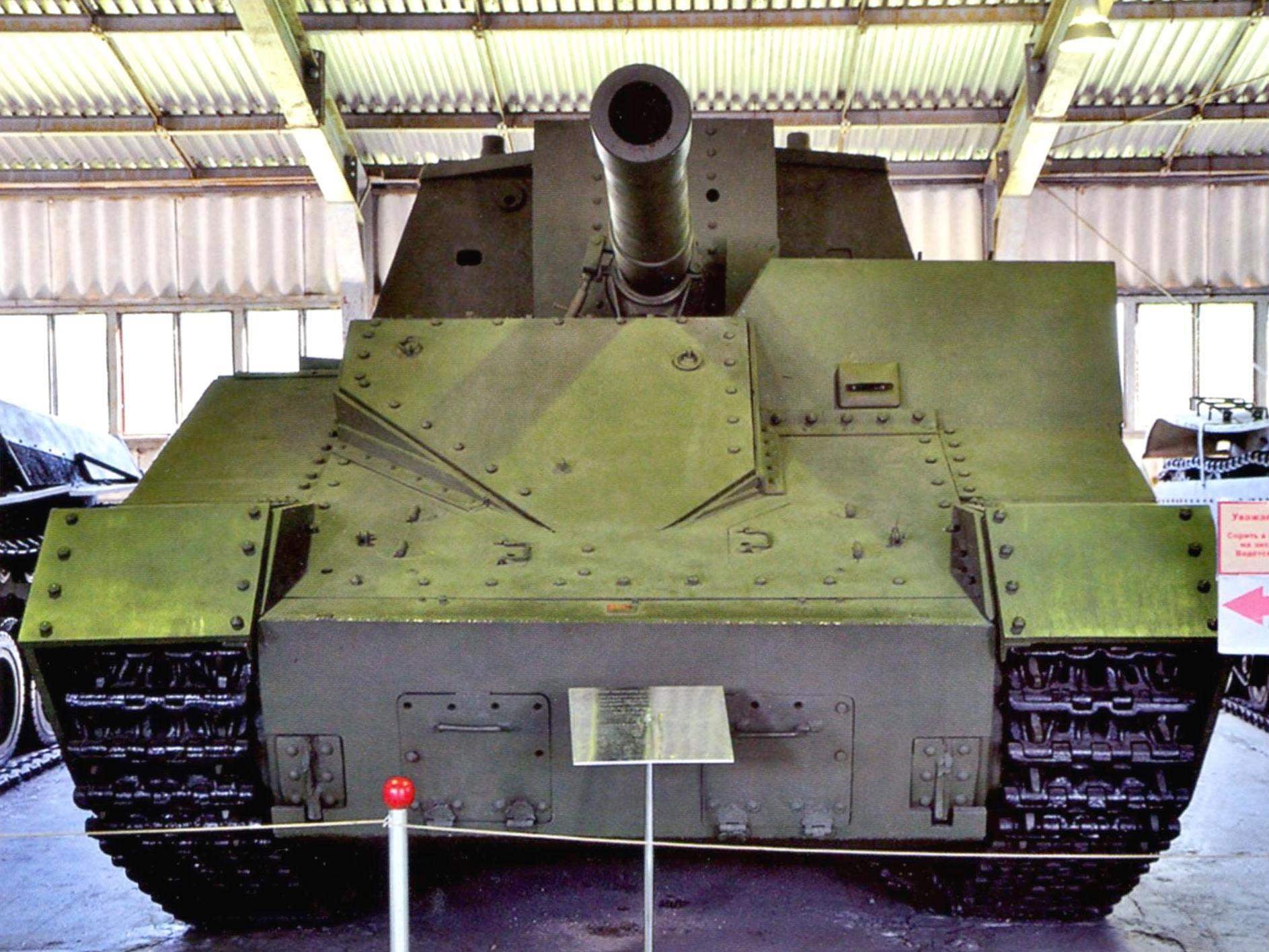

 The beginning of the great Patriotic war, the worker-peasant Red army came no powerful self-propelled artillery installations (SAU), although the Finnish war showed the urgent need. The absence of such ACS in the ranks of divisions advancing on the positions of the “Mannerheim line”, in an extraordinary way hindered our attack. Particularly affected by difficulties with the suppression of long-term fortifications – these concrete structures, unassailable gun emplacements, often with multiple machine guns and even cannons. From the front to suppress such resistance was virtually impossible to destroy – only after a long artillery bombardment or air bombing. Needed were powerful tools of destruction. Then the military command remembered the self-propelled SU-14, created years earlier for the training program on “Heavy artillery of Special Purpose (TAON)” in the red army.
The beginning of the great Patriotic war, the worker-peasant Red army came no powerful self-propelled artillery installations (SAU), although the Finnish war showed the urgent need. The absence of such ACS in the ranks of divisions advancing on the positions of the “Mannerheim line”, in an extraordinary way hindered our attack. Particularly affected by difficulties with the suppression of long-term fortifications – these concrete structures, unassailable gun emplacements, often with multiple machine guns and even cannons. From the front to suppress such resistance was virtually impossible to destroy – only after a long artillery bombardment or air bombing. Needed were powerful tools of destruction. Then the military command remembered the self-propelled SU-14, created years earlier for the training program on “Heavy artillery of Special Purpose (TAON)” in the red army.
 Anti-aircraft interceptor missile NIKE-HERCULES MIM-14B. Source options for most anti-aircraft missiles designed in the 1950s “on both sides of the ocean”, become missiles manufactured during the Second world war in Germany. Despite the fact that the German “wasserfall”, “schmetterlinge”, “rheintochter”, etc. do not have time to participate in combat operations, their prospects as a new type of weapon was not subject to any doubt. But after a careful study of the Germans captured samples of the rockets and documentation there are new technical capabilities to create such weapons. The more targets for them has become more serious in developing the “cold war” anti-aircraft missiles would become an insurmountable obstacle in the way of bombers with nuclear bombs.
Anti-aircraft interceptor missile NIKE-HERCULES MIM-14B. Source options for most anti-aircraft missiles designed in the 1950s “on both sides of the ocean”, become missiles manufactured during the Second world war in Germany. Despite the fact that the German “wasserfall”, “schmetterlinge”, “rheintochter”, etc. do not have time to participate in combat operations, their prospects as a new type of weapon was not subject to any doubt. But after a careful study of the Germans captured samples of the rockets and documentation there are new technical capabilities to create such weapons. The more targets for them has become more serious in developing the “cold war” anti-aircraft missiles would become an insurmountable obstacle in the way of bombers with nuclear bombs.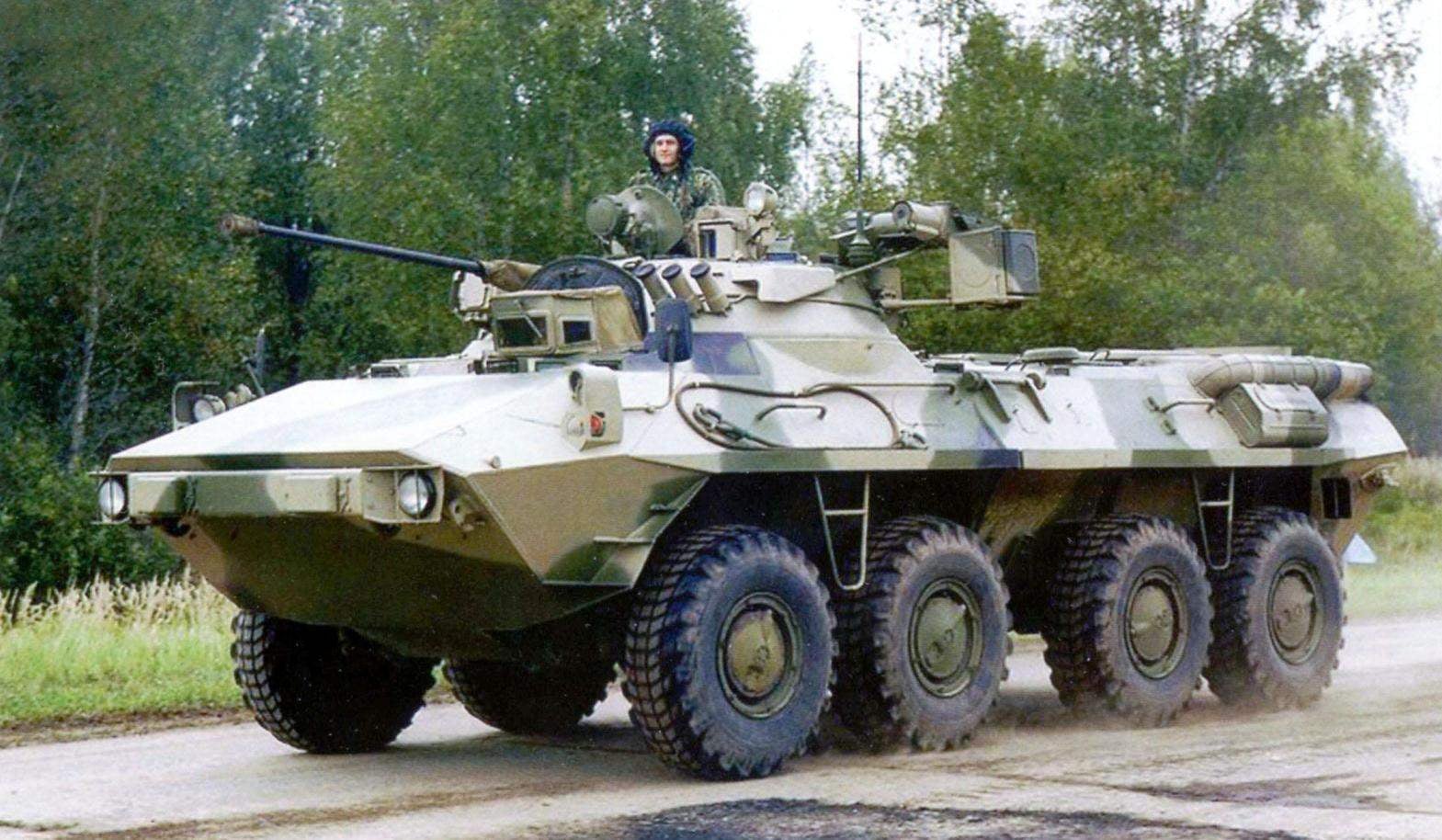

 Emerging in recent local military conflicts have shown the necessity of creation and adoption of the armies of new models of armored vehicles, highly maneuverable and at the same time highly secure. Military units often have to conduct combat actions in isolation from the main forces fighting against well-armed enemy. According to military experts, every unit participating in battle, must be mobile, have increased firepower, have a considerable reserve.
Emerging in recent local military conflicts have shown the necessity of creation and adoption of the armies of new models of armored vehicles, highly maneuverable and at the same time highly secure. Military units often have to conduct combat actions in isolation from the main forces fighting against well-armed enemy. According to military experts, every unit participating in battle, must be mobile, have increased firepower, have a considerable reserve.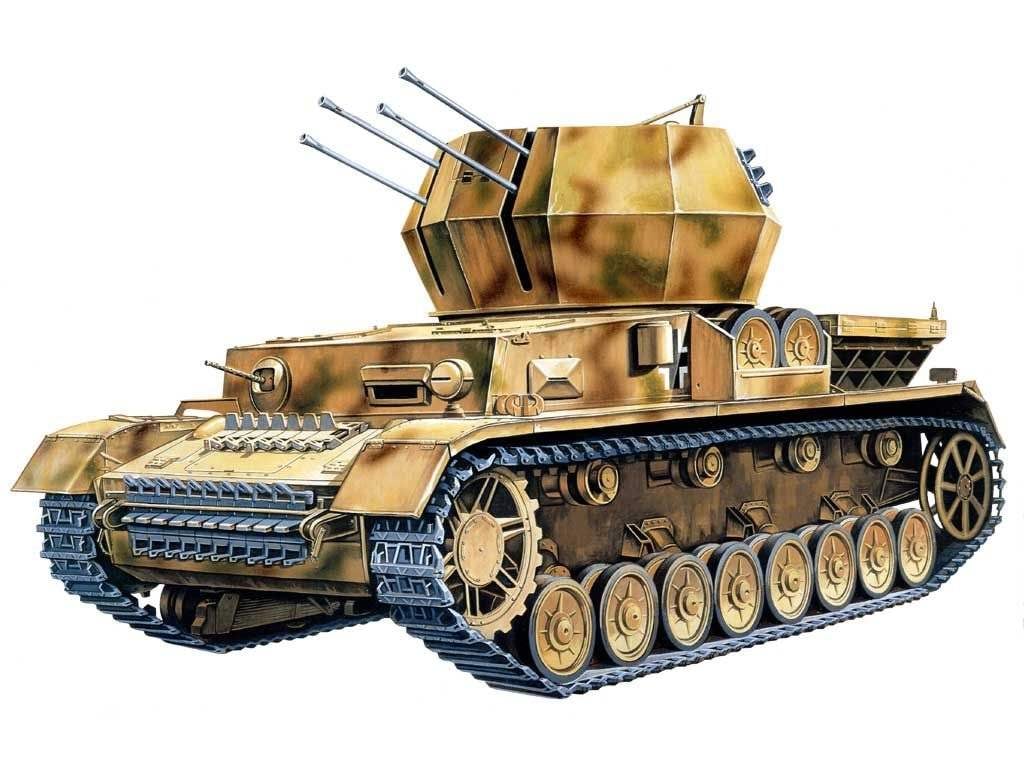
 The rapid development of aviation during the period between the world wars led to the fact that the plane has been regarded as an effective tool of warfare. Already the experience of the civil war in Spain has clearly shown that the intelligent use of attack and bomber aircraft can radically change the course of the fighting in one way or the other. The second world war has confirmed it. Naturally, the most effective means of combating enemy aircraft was a private aircraft. However, to provide round the clock cover for ground troops, she was not. To cope with this task only anti-aircraft artillery.
The rapid development of aviation during the period between the world wars led to the fact that the plane has been regarded as an effective tool of warfare. Already the experience of the civil war in Spain has clearly shown that the intelligent use of attack and bomber aircraft can radically change the course of the fighting in one way or the other. The second world war has confirmed it. Naturally, the most effective means of combating enemy aircraft was a private aircraft. However, to provide round the clock cover for ground troops, she was not. To cope with this task only anti-aircraft artillery.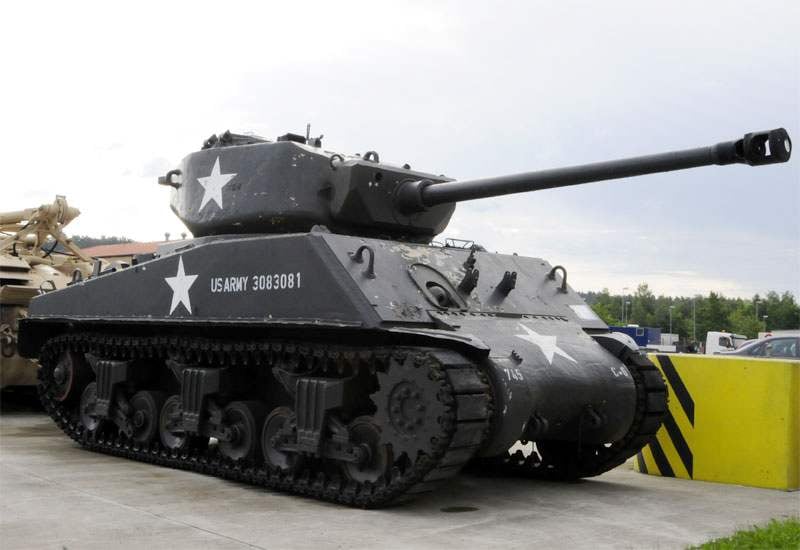
 In January 1944, the headquarters of the U.S. army in Europe, stationed at the moment in the UK, was sent for consideration to Washington’s urgent request to manufacture 250 heavy tanks for the upcoming campaign in France. The staff officers believed that the need for tanks with a high level of security will be to overcome the fortifications of the “Siegfried Line”. In Washington, agreed that the heavy assault tank will be needed during the impending hostilities in Europe. Because it was quite obvious that the new heavy tank Т26Е2 (future “Pershing”) will not be ready for many months, the command of armored forces was the recommended project, which was based on the medium tank М4АЗ. Alternatively, however, the gunners have offered to accommodate for this role, heavy tank M6, but tankers are opposed because of the numerous shortcomings of the latter identified during testing. These disputes were resolved in early March 1944 in favor of the assault tank (Assault Tank), the designation М4АЗЕ2.
In January 1944, the headquarters of the U.S. army in Europe, stationed at the moment in the UK, was sent for consideration to Washington’s urgent request to manufacture 250 heavy tanks for the upcoming campaign in France. The staff officers believed that the need for tanks with a high level of security will be to overcome the fortifications of the “Siegfried Line”. In Washington, agreed that the heavy assault tank will be needed during the impending hostilities in Europe. Because it was quite obvious that the new heavy tank Т26Е2 (future “Pershing”) will not be ready for many months, the command of armored forces was the recommended project, which was based on the medium tank М4АЗ. Alternatively, however, the gunners have offered to accommodate for this role, heavy tank M6, but tankers are opposed because of the numerous shortcomings of the latter identified during testing. These disputes were resolved in early March 1944 in favor of the assault tank (Assault Tank), the designation М4АЗЕ2.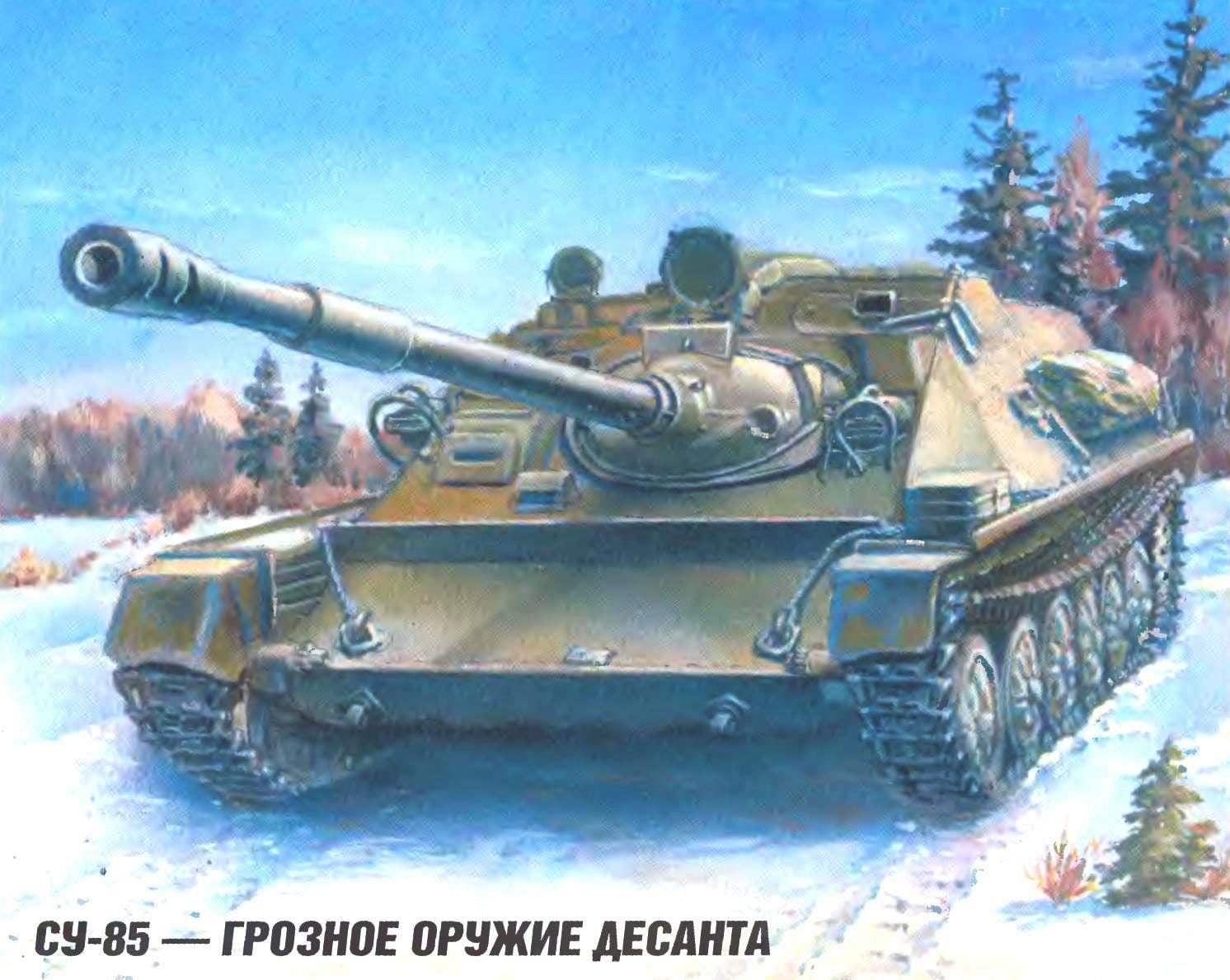

 The Creator of light tanks. After the victorious conclusion of the great Patriotic war of the Soviet airborne connection in June 1946 he was separated from the air force and became an independent native troops subordinated directly to the Minister of defense of the USSR.
The Creator of light tanks. After the victorious conclusion of the great Patriotic war of the Soviet airborne connection in June 1946 he was separated from the air force and became an independent native troops subordinated directly to the Minister of defense of the USSR.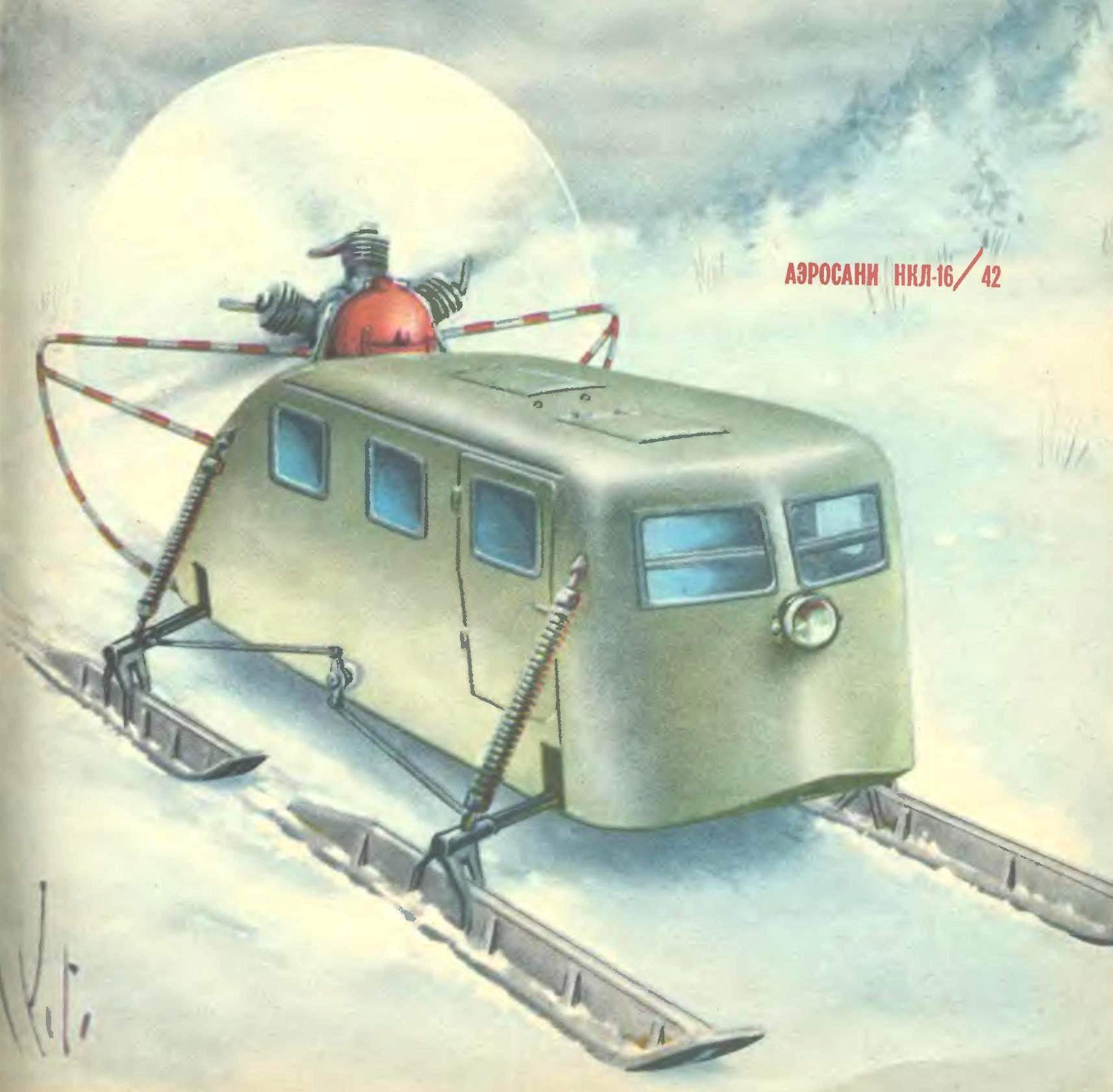

 The first option trehlistnyj snowmobiles NLK-16, made in 1937, under the leadership of chief designer N. M. Andreev, produced commercially in the transport and sanitary design. The improved model of the machine, made by chetyrehstennoy scheme and the designation of NKL-16/41, released in 1940-1941. In 1942 the sleigh to a much improved version was produced under the symbol NKL-16/42. About them our story.
The first option trehlistnyj snowmobiles NLK-16, made in 1937, under the leadership of chief designer N. M. Andreev, produced commercially in the transport and sanitary design. The improved model of the machine, made by chetyrehstennoy scheme and the designation of NKL-16/41, released in 1940-1941. In 1942 the sleigh to a much improved version was produced under the symbol NKL-16/42. About them our story.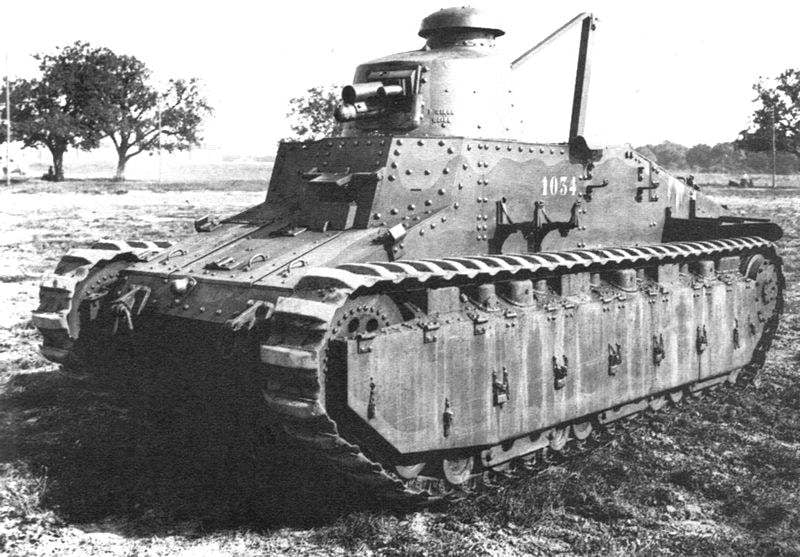
 After the First world war, France had the largest tank Park in the world. And the main part of it were the fighting vehicles Renault FT17— without a doubt the best tanks of the last war, which allowed them not to hurry with the creation and adoption of new models of armored vehicles. However, in 1926, he developed the first post-war concept of development of armored forces. The armament of the infantry was supposed to have three types of tanks: light, medium (or “combat”—weighing up to 20 tonnes) and heavy.
After the First world war, France had the largest tank Park in the world. And the main part of it were the fighting vehicles Renault FT17— without a doubt the best tanks of the last war, which allowed them not to hurry with the creation and adoption of new models of armored vehicles. However, in 1926, he developed the first post-war concept of development of armored forces. The armament of the infantry was supposed to have three types of tanks: light, medium (or “combat”—weighing up to 20 tonnes) and heavy.